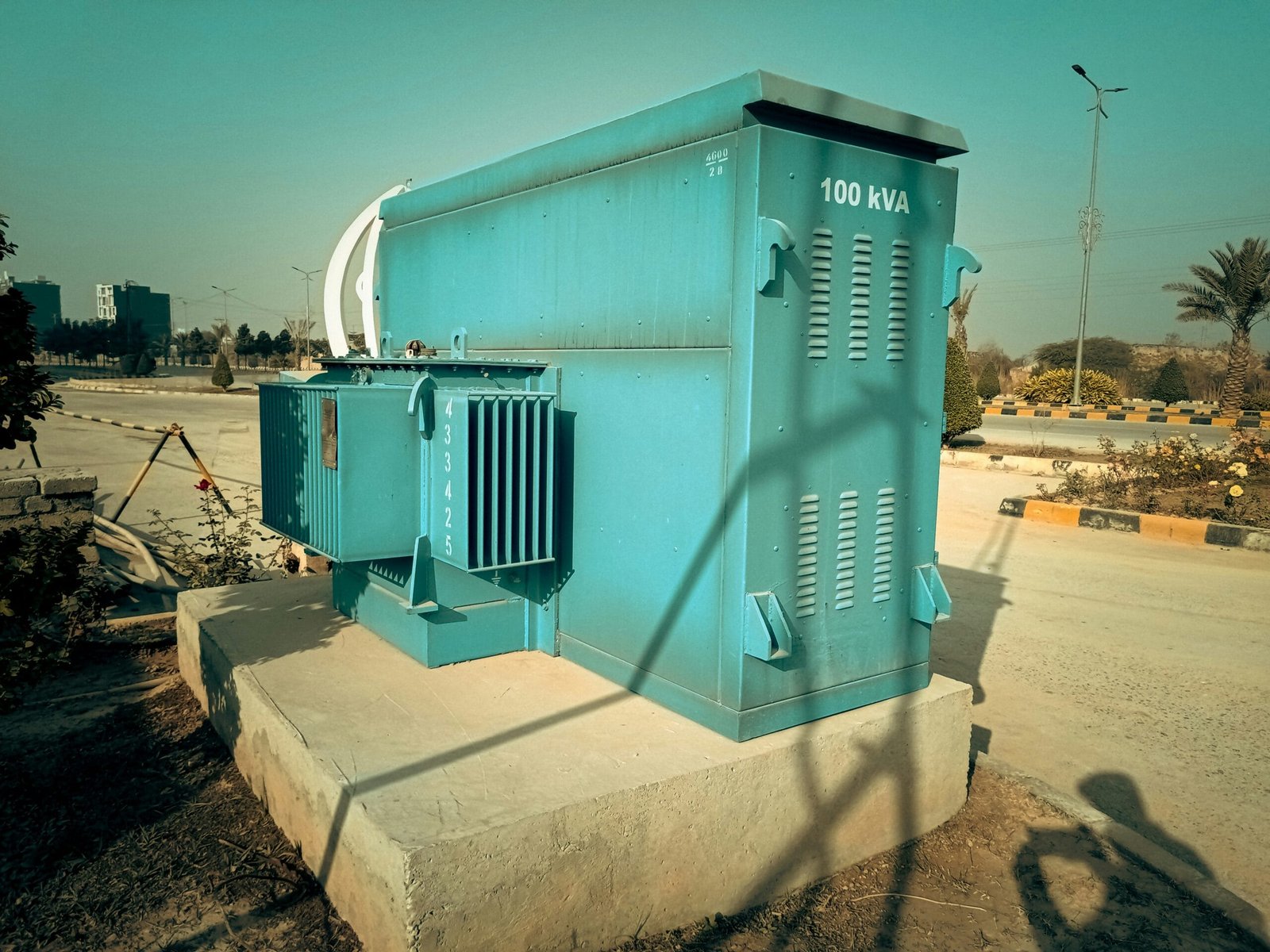The presence of carbon monoxide in your home is extremely dangerous and it can be even, deadly. Carbon monoxide is actually, a gas that you do not see or smell, which makes it even more dangerous.
Every year in the United States, there are thousands and thousands of injuries, and nearly 200 fatalities related to carbon monoxide. Not to mention the low-level exposure cases that lead to unpleasant symptoms such as dizziness, headaches, nausea, vomiting, depressions, fatigue, eyes and throat irritations, etc. These are similar to flu or cold symptoms, making it difficult finding the true reason.

How Does Carbon Monoxide Get Created?
Carbon monoxide is a gas created by burning fossil fuels. In fact, even propane, oil or natural gas-burning equipment can produce by burning little carbon monoxide.
So, carbon monoxide is formed by burning of wood in your fireplace. The result of combustion is heat, carbon and hydrogen. If the room is improper ventilated, the hydrogen can combine with the oxygen to form water. Too much water in your home leads to mildew and mold.
However, carbon is the most dangerous for your health and even your life, not hydrogen. In a badly ventilated room, carbon in combination with oxygen forms carbon monoxide. In a well ventilated room, with more intake of oxygen resulting gas would be carbon dioxide, which is completely harmless to living things.
Decorating Around Dark Floor | How To Build A House (howtobuildahouseblog.com)
How to Keep Carbon Monoxide Out of Your Home
The most important thing is to eliminate any possibility of producing carbon monoxide.
1. Hire a professional technician to check and clean any fuel-burning equipment from your home.
2. Check your fireplace and especially the chimney. It is a good idea to hire a professional to do that for you. Look for cracks, holes, corrosion or any obstacles such as bird nests, debris that can block your chimney.
3. Clean regularly your dryer ductwork.
4. Get advice from a technician when:
- – You install hot water and heating equipment in a small room.
- – You install a powerful exhaust kitchen fan; check if your exhaust fan does not suck fumes back to the chimney.
5. DO NOT:
- – Do not use natural gas or propane gas stoves for heating your home.
- – Do not start your vehicle in a garage behind closed doors, even if you start your car from a remote control.
- – Do not use kerosene space heaters inside of your garage or home.
- – Do not run any gasoline tools (snow-blower, lawn-mower) inside of your garage.
- – Do not use fossil fuels for cooking inside trailers, motor homes, tents unless they are well ventilated.
Carbon Monoxide Detectors
Carbon monoxide detectors are required and in many areas are even, required by law.
There are several types of carbon monoxide detectors, but anyway, any kind of detector is tested and approved before operation.
We can enumerate these types:
1| MOS (Metal Oxide Semi-Conductor)
2| Biomimetic
3| Electrochemical


